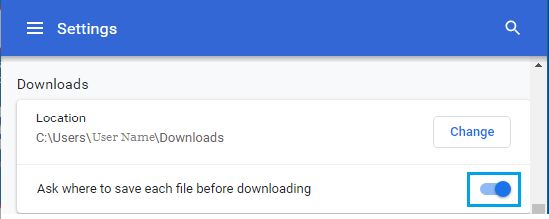

But now we can see the detail for Chrome, just as we did for Gmail. Google took its time adding privacy labels, with a gap between app updates of some three months after the labels became mandatory. But what Chrome does have in common with Gmail is an avaricious and out of step approach to data harvesting. You’ll note that Chrome isn’t on that list, nor is it an app “where you primarily store personal content.” But it is an app where you enter private and sensitive search terms and conduct private transactions. In its defense, Google pointed me at comments made by CEO Sundar Pichai, that “we don’t use information in apps where you primarily store personal content-such as Gmail, Drive, Calendar and Photos-for advertising purposes, period.” I have already warned that Gmail collects more data than other leading mail platforms. MORE FROM FORBES Stop This 'Secret' Location Tracking On Your iPhone-3 Critical Settings You Need To Change Today By null But there's a different dataset in the detail, included below, that’s much more damaging to Google and which shows Chrome to be shockingly different to its major rivals. You need to remove the keyring's password (set it to a blank one).DuckDuckGo focused on the data that Google collects, linked to its users. Overwise, if you want to have auto-login and auto-unlock, This works in Fedora out of box, but propably requires additional configuration tweaks in Ubuntu and Arch to configure initramfs to use systemd (and, therefore, systemd-cryptsetup).

If you have enabled disk encryption, LUKS passphrase can be reused to decrypt GNOME keyring even with auto-login. When you have auto-login enabled or use another passwordless authentication method (for example 'fingerprint' device), you don't enter any password, and gnome-keyring cannot unlock the keyring automatically.

You did not enter your password when logging in You have to update the 'login' keyring password manually. If root changes the password, or /etc/shadow is directly edited then due to the lack of the old password, the 'login' keyring cannot be updated. When the user changes their password, the PAM module changes the password of the 'login' keyring to match. So, why am I being asked to unlock a "keyring"? The 'login' keyring password does not match your login password When you login normally, the system gives the password you just entered to gnome-keyring, which then unlocks the login keyring. Gnome keyring can automatically unlock it when the user logs in.

It is usually protected by a password that matches your login password. Google Chrome uses Gnome 'login' keyring to securely store passwords.


 0 kommentar(er)
0 kommentar(er)
